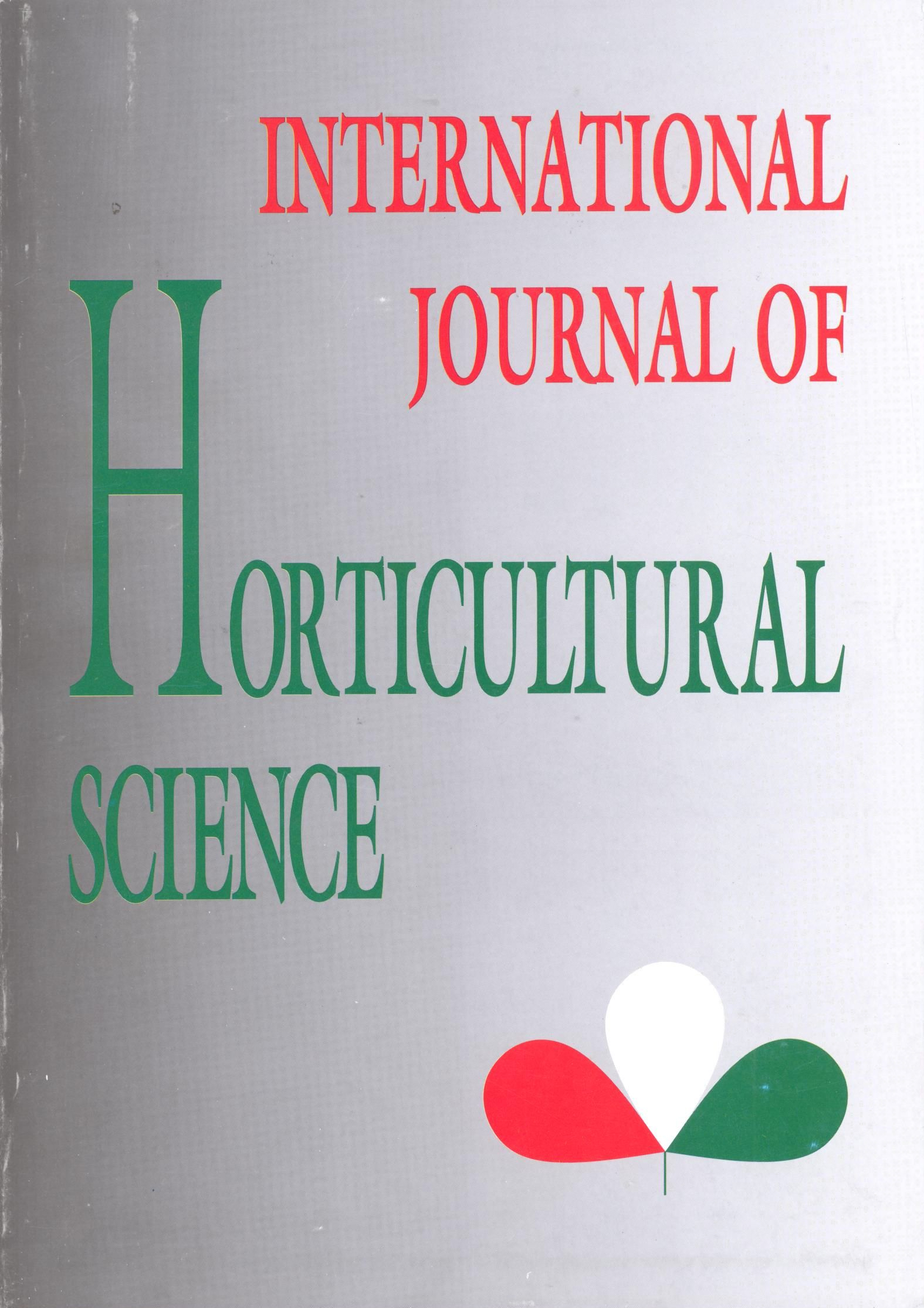Chemical communication with volatile semiochemicals in Phyllotreta species (Coleoptera, Chrysomelidae): a minireview
Authors
View
Keywords
License
Copyright (c) 2018 International Journal of Horticultural Science
This is an open access article distributed under the terms of the Creative Commons Attribution License (CC BY 4.0), which permits unrestricted use, distribution, and reproduction in any medium, provided the original author and source are credited.
How To Cite
Abstract
Phyllotreta species (Coleoptera, Chrysomelidae, Halticinae) rank among the most important horticultural pests in the Northern Hemisphere. Leaf damage caused by flea beetles upsets the water balance, blocks plant growth and sometimes causes a high level of mortality of seedlings. Several species are known to act as vectors of numerous pathogens as well. Chemical communication plays an important role in the host finding, feeding and oviposition behaviour of flea beetles. In the first phase volatile mustard oils (isothiocyanates and thiocyanates) are released from the host plants through the decomposition of non-volatile glucosinolates (chemicals specific to Cruciferae) by myrosinase, and beetles are attracted to the source of release from a distance. Among the isothiocyanates, allyl isothiocyanate is the longest known and widespread compound utilized in the host-plant location of Phyllotreta species, but some species may have a stronger preference to other isothiocyanates or thiocyanates. The attractive effect of the plant volatiles is enhanced by the emission of a male-produced aggregation pheromone. The presence of such a pheromone was first demonstrated in Phyllotreta cruciferae Goeze. In this species R5R,5aS)-1,1,5,8-tetramethy1-1,2,3,4,5,6,5a-heptahydrobenzo[1,2-a][7]annulene] was found to be the main pheromone component. Significant attraction by the pheromone was recorded only in the presence of ALLYL ITCN. The biological activity of the pheromone compound was connected to the plus (+) chirality. The same component seems to be occurring also in the pheromones of several other Phyllotreta spp. as well, suggesting a wider occurence in the genus. Once attracted by the joint effect of plant volatiles and aggregation pheromone, the presence of the non-volatile glucosinolates in the plant tissues is necessary for continuous feeding. Aggregations of flea beetles on suitable host plants, which result from the joint effects of plant-derived and pheromonal chemical cues detailed above may also be good rendez-vous occasions, increasing the probability of encounters with the opposite sex and mating in the vicinity of the optimal oviposition site. Due to the horticultural importance of Phyllotreta spp., deciphering details of their chemical communication has considerable significance in the development of new methods of integrated control.

 https://doi.org/10.31421/IJHS/11/2/586
https://doi.org/10.31421/IJHS/11/2/586










